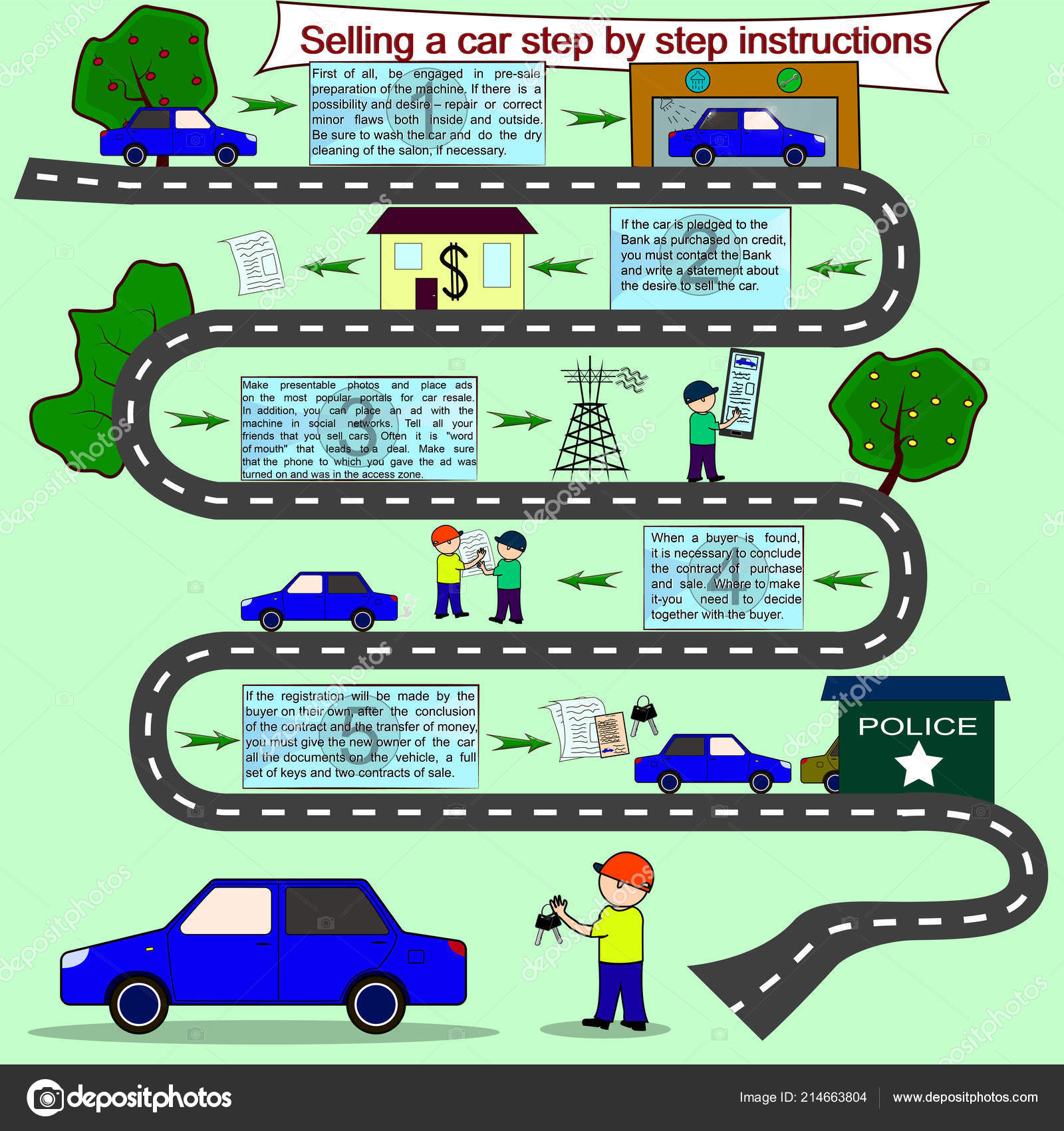Decoding Your Automobile'S Caution Indicators: What They Truly Symbolize
Decoding Your Automobile'S Caution Indicators: What They Truly Symbolize
Blog Article
Developed By-Samuelsen Torres
When you lag the wheel, those radiant caution lights on your dashboard can be a bit complicated. Do you know what they're trying to inform you about your automobile's health and wellness? Recognizing the importance of these lights is vital for your security and the durability of your car. So, the next time among those lights pops up, wouldn't you want to decipher its message precisely and take the necessary actions to resolve it?
Common Warning Lights and Interpretations
Identify typical caution lights in your auto and understand their definitions to guarantee safe driving.
The most typical caution lights include the check engine light, which signifies concerns with the engine or exhausts system. If this light begins, it's critical to have your lorry examined immediately.
The oil stress cautioning light indicates reduced oil pressure, needing instant interest to prevent engine damages.
A blinking battery light may suggest a damaged charging system, potentially leaving you stranded otherwise dealt with.
The tire pressure monitoring system (TPMS) light signals you to reduced tire pressure, influencing vehicle stability and gas performance. Overlooking https://www.kbb.com/car-news/tesla-officially-delays-cybertruck-roadster-budget-model-2/ can cause hazardous driving conditions.
The ABS light indicates an issue with the anti-lock stopping system, endangering your capacity to quit quickly in emergency situations.
Lastly, the coolant temperature level warning light warns of engine getting too hot, which can cause severe damage if not settled promptly.
Comprehending these typical caution lights will certainly help you resolve issues without delay and preserve safe driving problems.
Relevance of Prompt Attention
Comprehending the usual warning lights in your cars and truck is just the very first step; the importance of immediately addressing these warnings can't be emphasized sufficient to guarantee your security when driving.
When a warning light illuminates on your dashboard, it's your auto's method of connecting a potential issue that requires attention. Disregarding linked site can bring about a lot more extreme issues in the future, compromising your safety and potentially costing you a lot more in repairs.
Trigger interest to cautioning lights can prevent breakdowns and crashes. For example, a blinking check engine light might indicate a misfire that, if left ignored, can trigger damages to the catalytic converter. Resolving this without delay can save you from a costly repair service.
In a similar way, a brake system alerting light could signal reduced brake fluid or worn brake pads, important elements for your safety when driving.
Do It Yourself Troubleshooting Tips
If you notice a caution light on your control panel, there are a couple of do it yourself troubleshooting suggestions you can try before seeking professional assistance.
The initial step is to consult your cars and truck's handbook to recognize what the details caution light shows. Sometimes the concern can be as simple as a loosened gas cap activating the check engine light. Tightening the gas cap might settle the problem.
An additional common problem is a reduced battery, which can cause various alerting lights. Examining the battery links for rust and ensuring they're secure might fix the trouble.
If a caution light lingers, you can attempt resetting it by separating the car's battery for a few minutes and then reconnecting it. Additionally, inspecting your car's liquid levels, such as oil, coolant, and brake fluid, can help fix warning lights associated with these systems.
Verdict
Finally, understanding your auto's warning lights is vital for keeping your automobile running smoothly and safely. By immediately attending to these signals and knowing what they suggest, you can avoid pricey repair services and prospective failures.
Bear in mind to consult your cars and truck's handbook for certain details on each alerting light and do something about it as necessary to make sure a hassle-free driving experience.
Stay notified, stay safe when traveling!
